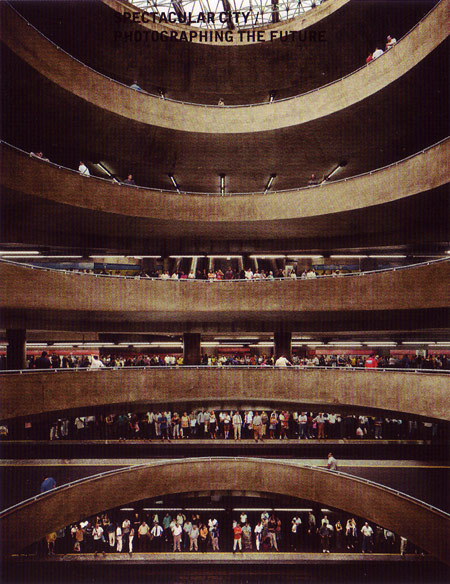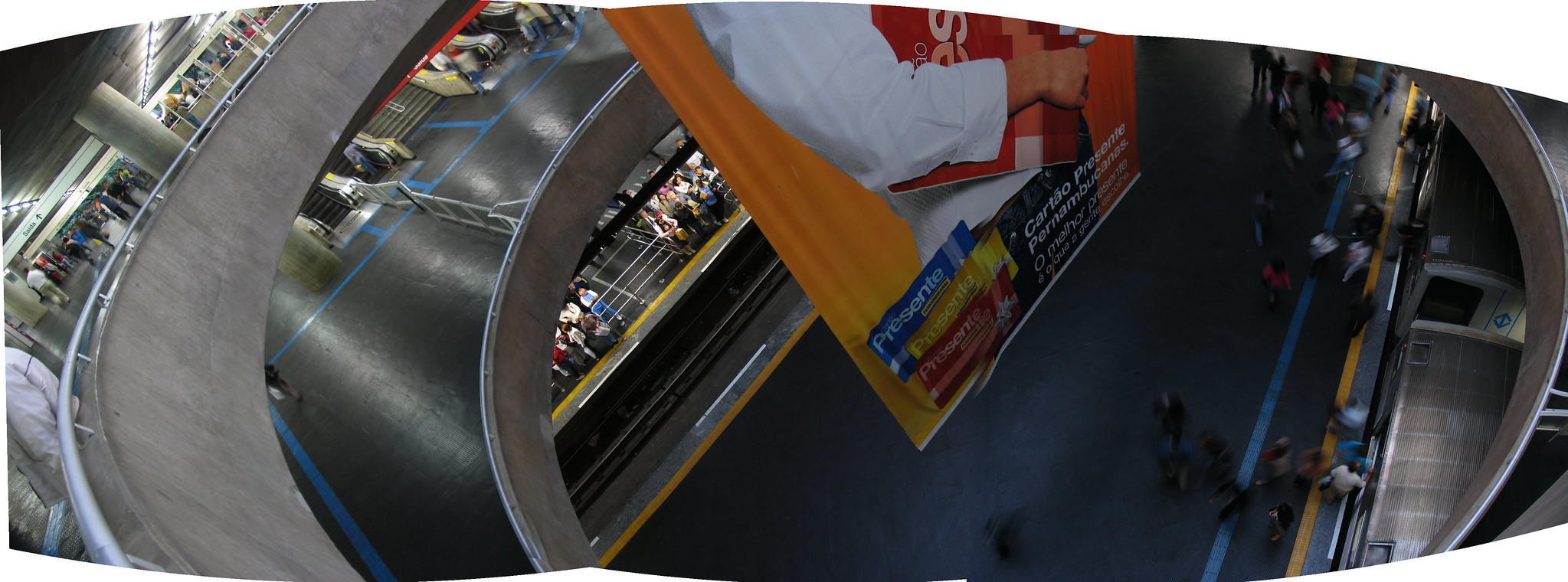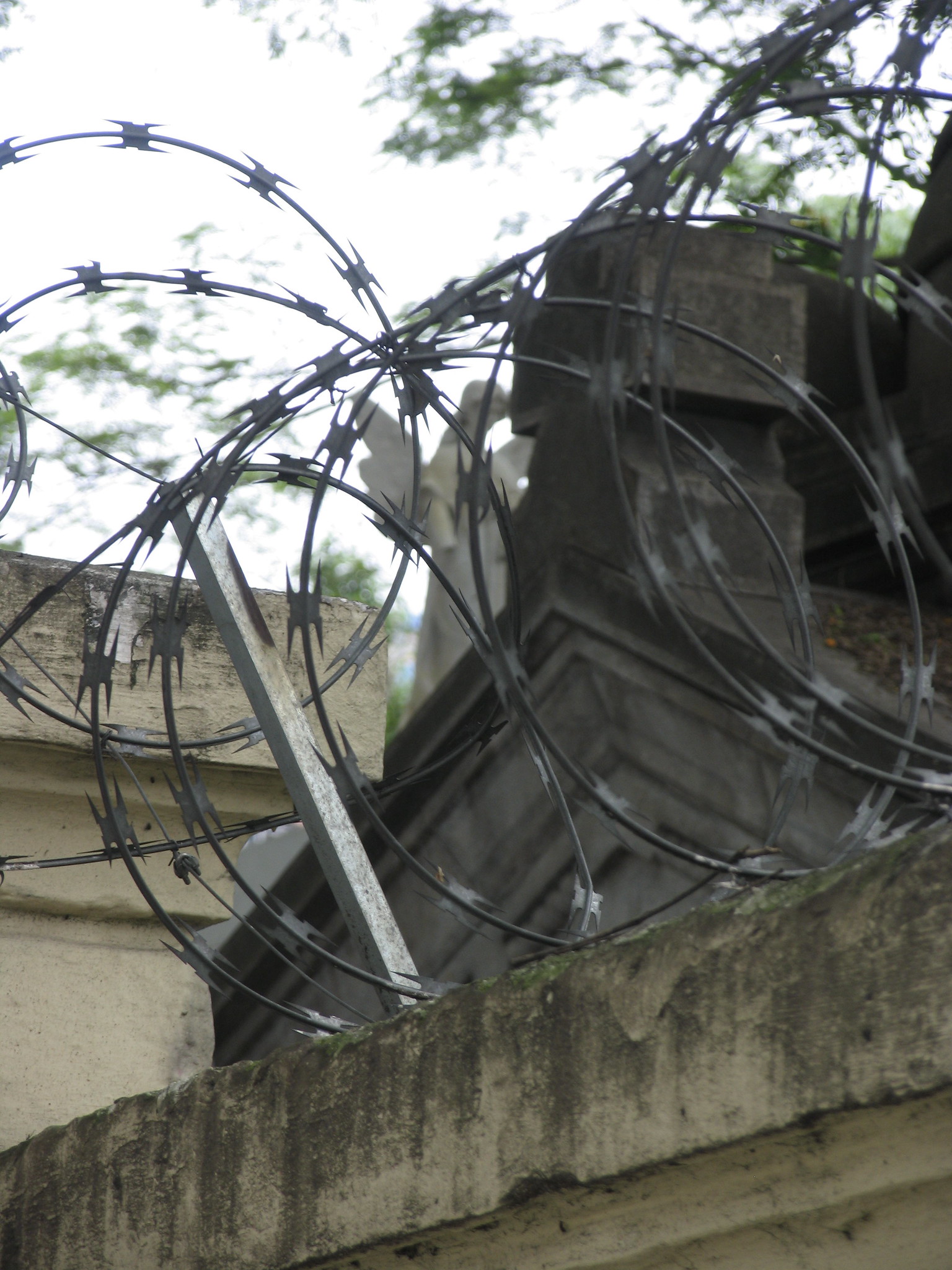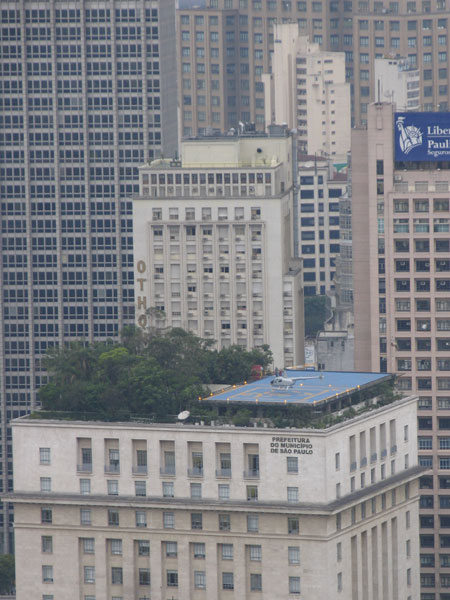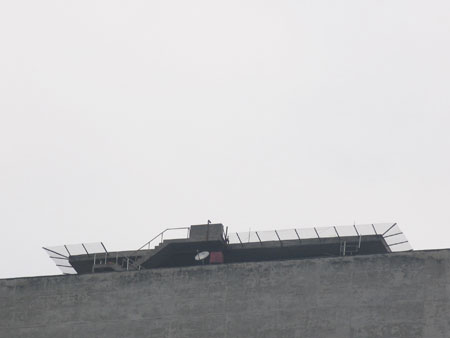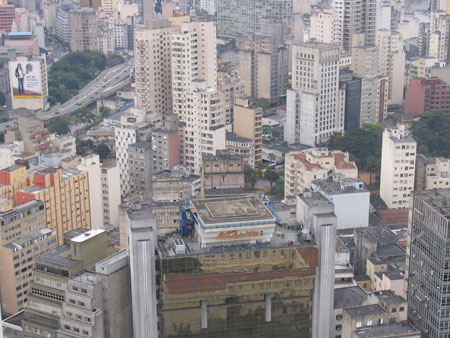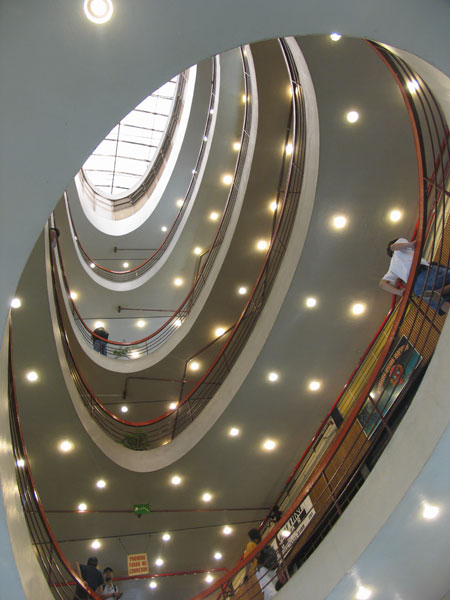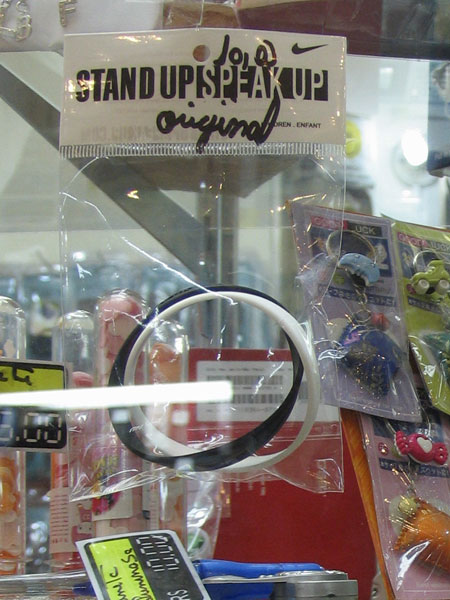Looking at the crisis from inside the belly of the beast
One of the more notorious/famous places in São Paulo is the boutique department store (Villa) Daslu. According to wikipedia ‘the boutique is known as the ‘fashion designers mecca’ of Brazil as it houses more than 60 labels plus 30 store-in-stores and is the place where Brazilian socialites, ranging from multi-millionaire soccer players to conglomerate bigwigs shop for the latest accessories and clothing’. Leged has it that Daslu is the only department store in the world where you can also buy helicopters (although that seems to be a bit of an exaggeration, in reality you can (could?) buy fractual ownership in helicopters operated by HeliSoultions) though the store.
Yesterday Kai and I decided to pay a visit to Villa Daslu to have a look at this icon of Brazilian upper class lifestyle. To our surprise/disappointment/excitement we found relatively little of the expected abundance. Instead large parts of the building stood empty looking as if they had been hastily abandoned and the few shoppers to be seen were easily outnumbered by the staff.
Large sections of the 2nd and the 3rd floor as well as some of the showrooms on the 1st and the 4th floor (including former Chanel, Gucci, Dolce & Gabana outlets) were completely empty, with all merchandise and most of the display-furniture missing. Strangely the management of the store did not even try to hide these empty spaces (one employe told us that they were ‘changing the concept of the store’ but in the absence of any sign of construction this seemed a bit implausible). As a result we were more or less free to stroll though the deserted parts of the building and take pictures of the emptiness (more pictures in this flickr set):
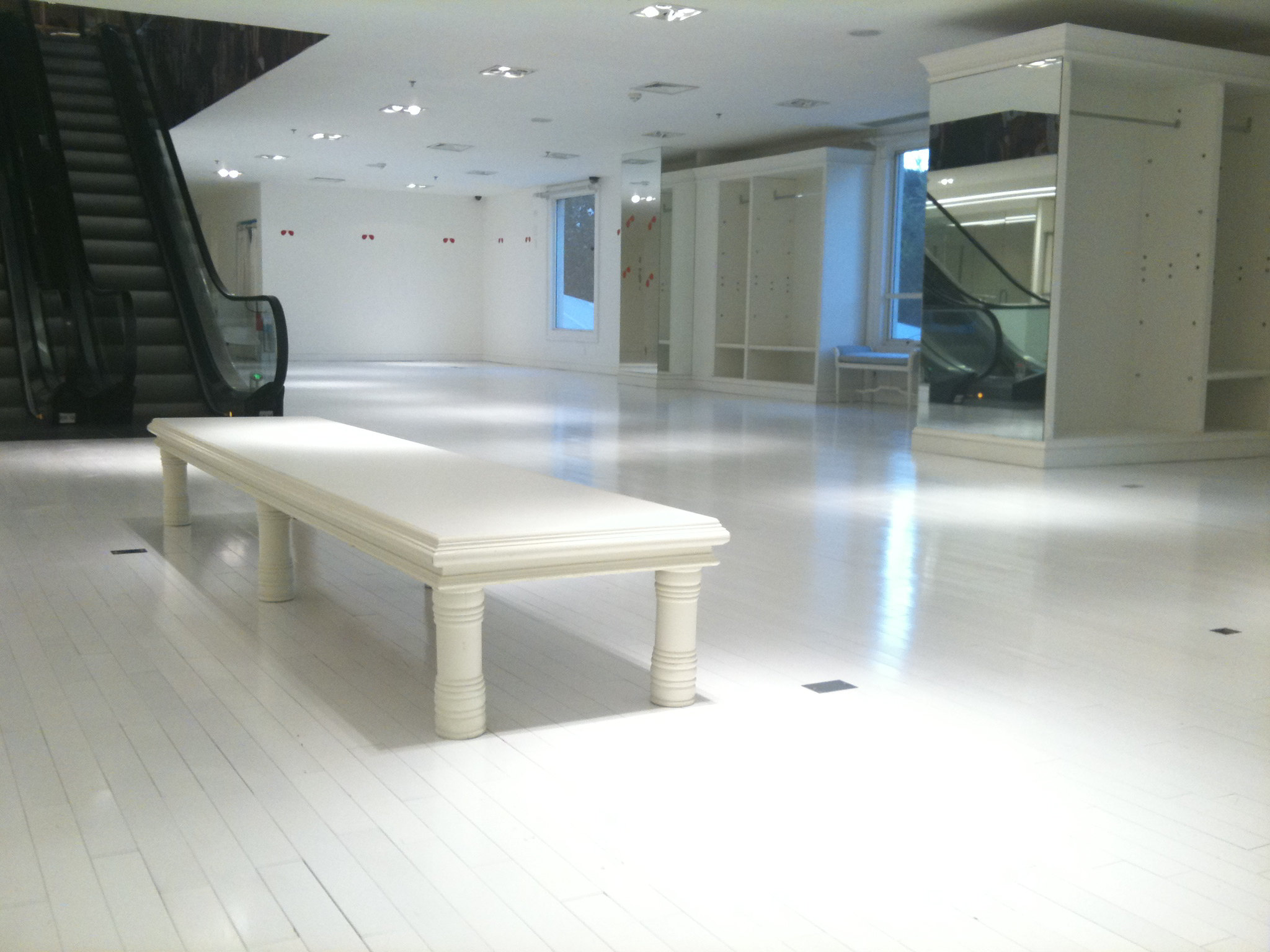
Moving through this half deserted temple of luxury shopping was easily one of the most surreal experiences i have ever had. This was reinforced by the fact that in other parts of the building the staff carried on as if everything was completely normal.
While i would certainly hope that this situation is illustrative of the effects of the economic crisis on the über-posh lifestyle of the Brazilian upper class this is probably not the case (it seems that the herd has simply moved to other pastures on the other side of the river). Instead it appears to be more likely that this situation is the result of the recent legal troubles of Eliana Tranchesi, owner and founder of Daslu who was recently sentenced to 94 years in prison and fined €434 million for tax fraud and smuggling. Apparently the aftermath of this verdict is slowly eating away this once iconic symbol of São Paulo’s immense economic inequality from the inside.
Bonus: one other option that i had considered for spending queens-day was to make a quick one day trip to brasilia (inspired by these incredible photos of the construction of brasilia by Marcel Gautherot). guess that will have to wait until next time…
Update (23.04.2012): The January 2012 edition of Time Out São Paulo contains a short article about the demise of Daslu (‘Death of a showroom‘) that uses two of the photos i took during my visit.

